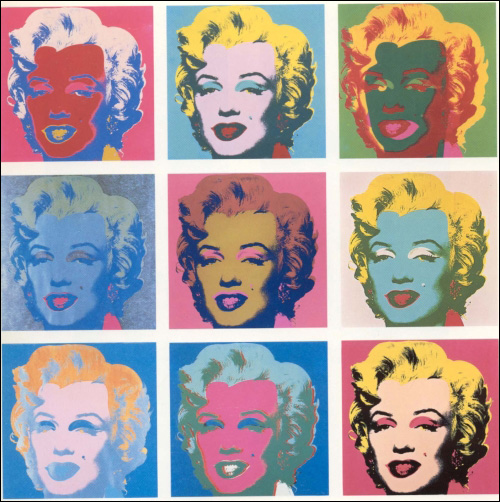Focal points refer to the areas of the artwork that demand the viewer's attention.
"Creating good artistic composition takes knowledge of how your artwork will be viewed. Understanding how your audience will view your artwork will help you to communicate more effectively through your artwork.
Creating focal points in your artwork is one way to be in control of how your artwork is viewed."
We've viewed the work Christina's World by Andrew Wyeth.
What is the focal point in this painting?
What did the artist do to make us NOTICE Christina?
Artists have several ways to create a focal point or center of interest. Let's look at some strategies.
Contrast
Contrast is simply defined as difference. Difference between art elements like color, value, size, texture, and so on can intensify the elements used
Isolation
Whenever one object or element is separated from a group it becomes isolated and in turn, becomes a focal point.
Placement
Objects that are placed in the center of the picture plane or near center, will naturally become a focal point.
Convergence
to use implied lines to direct a viewer's eye to an object or element.
The Unusual
to introduce an object or element that is unusual to the scene.
Sometimes artist combine more than one method to create a focal point
Artwork with NO focal point
What will be the focal point of your art?
How will you create a point of interest in your work?
sources:
http://emptyeasel.com/2008/11/11/the-focal-point-debate-should-every-painting-have-a-focal-point/
http://thevirtualinstructor.com/how-to-create-focal-points.html

































